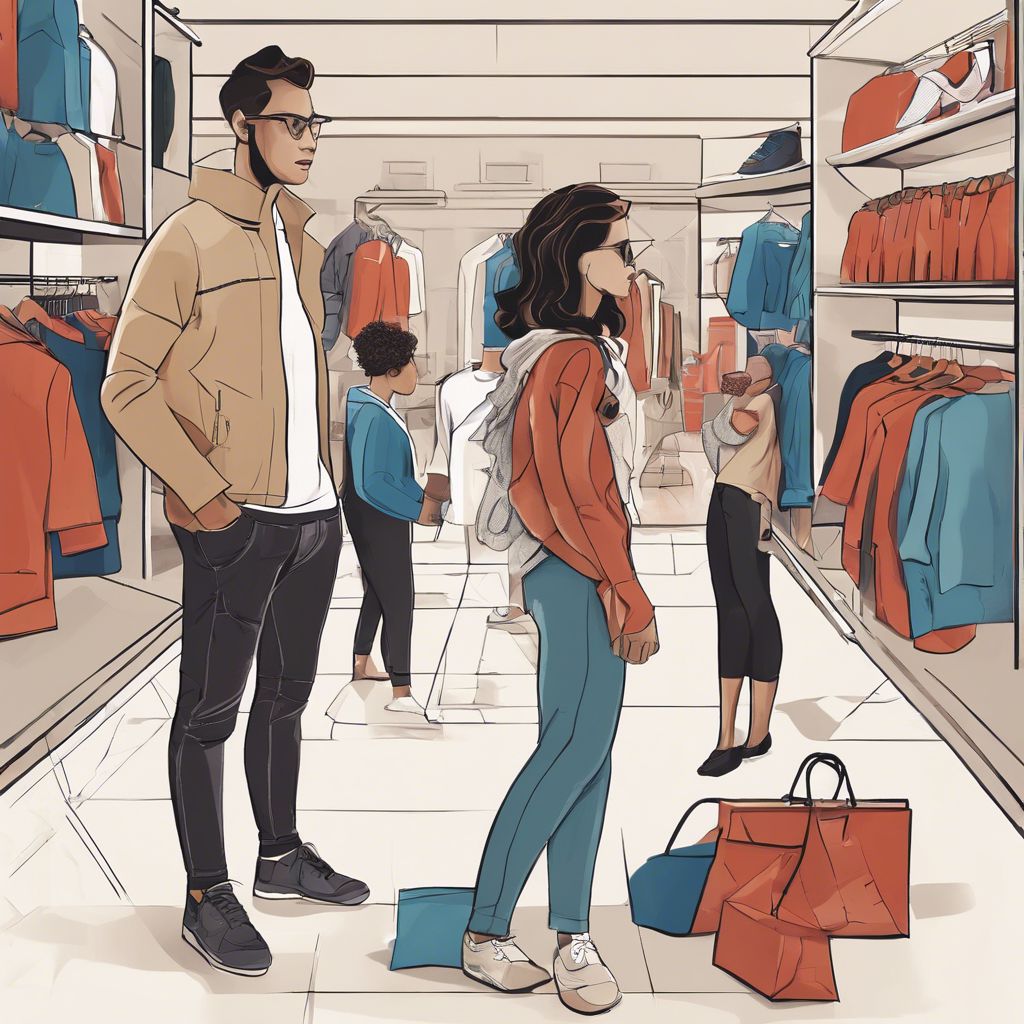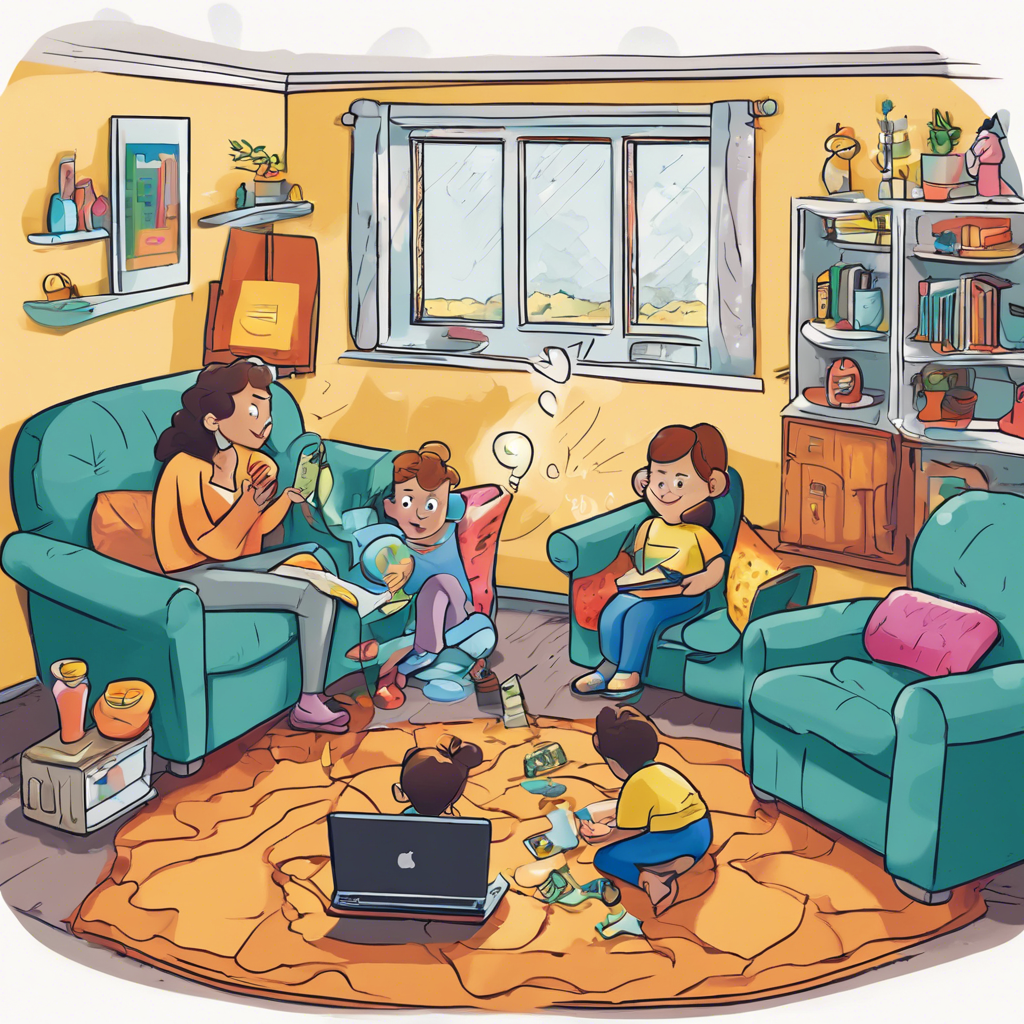
How Do Consumer Preferences For Virtual Fitting Technology Vary Across Different Demographics, Such As Age Or Gender?
Introduction
Understanding consumer preferences for virtual fitting technology is essential for retail brands aiming to enhance digital shopping experiences. This innovative technology enables customers to visualize clothing items on themselves without the need for physical fittings, effectively addressing critical challenges within the retail industry.
Demographic Variations in Consumer Preferences for Virtual Fitting Technology
Consumer preferences for virtual fitting technologies vary significantly across different demographics such as age and gender. Recognizing these differences allows retailers to tailor their marketing strategies and technological implementations. Research demonstrates that younger consumers, typically aged 18 to 34, are more willing to adopt virtual fitting technologies due to their comfort with digital solutions. In contrast, older consumers, particularly those 55 and above, may express hesitation due to a lack of familiarity with digital interfaces; however, this can be influenced positively by individual experiences with technology.
- Younger consumers (ages 18 to 34) are more inclined to embrace virtual fitting technologies due to their strong technological affinity.
- Older consumers (ages 55 and above) can be open to utilizing virtual fitting options when presented with clear, user-friendly instructions and reliable information regarding accuracy.
Gender Differences in Adoption of Virtual Fitting Technologies
Gender can significantly affect consumer preferences and adoption rates for virtual fitting technology. Research indicates that women are more likely to engage with virtual fitting tools that enhance their shopping experience through personalized styling recommendations. On the other hand, men tend to focus on the practicality and speed of virtual fitting solutions, prioritizing efficiency in finding the correct size and fit over the overall shopping experience.
- Women often appreciate features such as virtual stylists that recommend outfits tailored specifically to their tastes and previous purchases.
- Men generally prioritize user-friendliness and prefer virtual fitting options that offer fast assessments of size and fit without excessive or complex functionalities.
Conclusion
In conclusion, acceptance and preferences for virtual fitting technologies vary by age and gender, with younger consumers and women typically demonstrating a more robust inclination towards these tools. Retailers should strategically use these insights when integrating virtual fitting technologies to improve customer engagement and satisfaction.
Expert Quote
Dr. Marisa Wiggins, Professor of Consumer Behavior at Columbia Business School
Understanding the unique preferences across different demographics is critical for brands leveraging virtual fitting technologies. Younger consumers often adopt these innovations more rapidly, whereas older demographics seek reassurance regarding their accuracy and usability, which can impact their acceptance of the technology.
Article in the Journal of Retailing and Consumer Services, 2023
Relevant Links
A systematic literature review and analysis of try-on technology ...
https://www.sciencedirect.com/science/article/pii/S2543925123000347The Impact of Digital Platforms on News and Journalistic Content
https://www.accc.gov.au/system/files/ACCC+commissioned+report+-+The+impact+of+digital+platforms+on+news+and+journalistic+content,+Centre+for+Media+Transition+(2).pdfMarket Segmentation: Definition, Types, Benefits, & Best Practices
https://www.qualtrics.com/experience-management/brand/what-is-market-segmentation/Generation Z characteristics and its implications for companies ...
https://www.mckinsey.com/industries/consumer-packaged-goods/our-insights/true-gen-generation-z-and-its-implications-for-companiesGender Roles in Modern Society - One World Education
https://www.oneworldeducation.org/our-students-writing/gender-roles-in-modern-society/YouTube Videos
Most popular questions

How Do The Personal Relationships Among Gods Affect Their Decisions In The Iliad?
The intricate relationships among the gods in Homer's epic poem 'The Iliad' play a crucial role in shaping their actions and decisions. These divine interactions create a complex web of fates, where each god's personal alliances and rivalries directly influence the events of the mortal world.

What Strategies Can Parents Use To Educate Their Children About Online Safety Beyond Privacy Settings?
In today's digital landscape, teaching children about online safety is essential for their protection and well-being. While privacy settings play a critical role, parents can implement various strategies to create a thorough understanding of online safety principles among their children.

What Are The Different Types Of Insulation Materials Commonly Used In Buildings, And How Do They Compare In Terms Of Thermal Resistance?
Insulation materials are vital for enhancing energy efficiency in residential and commercial buildings by minimizing heat transfer. Understanding the various insulation types can lead to better choices for thermal resistance and overall comfort.
Most recent questions

How Do Local Community Events Influence Participation In Niche Hobbies, Such As Model Train Building?
Local community events play a crucial role in connecting enthusiasts of niche hobbies, such as model train building. These gatherings foster social interaction, spark interest, and drive growth within the hobby community, making them essential for model train enthusiasts.

How Do Algorithms Influence The Promotion Of Emerging Artists On Social Media Platforms?
In today's digital landscape, social media platforms are essential for promoting emerging artists. The algorithms that govern these platforms play a crucial role in determining content visibility, significantly impacting an artist's growth and reach. Understanding these algorithms is paramount for artists looking to succeed in a competitive environment.

What Historical Examples Demonstrate The Impact Of Fan Culture On The Creation And Popularity Of Mainstream Media Properties?
Fan culture has played a crucial role in transforming mainstream media properties. By fostering strong communities centered around specific interests, fans have the capability to propel niche content into global phenomena. This interaction between devoted fans and media creators not only enhances the popularity of a property but also influences its long-term direction and development in the entertainment industry.